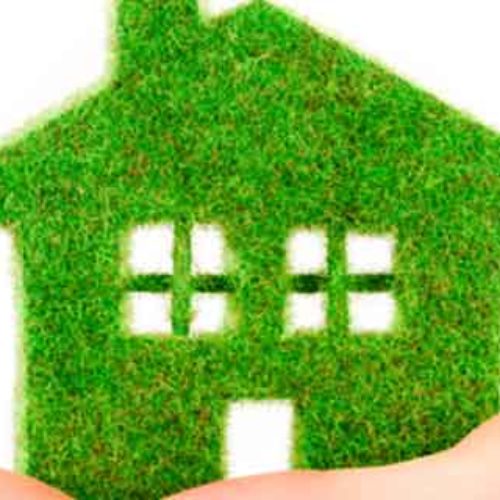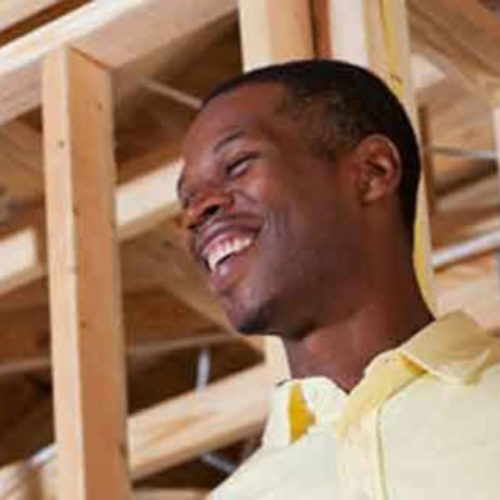How to Minimize Formaldehyde for a Healthier Home
An industrial hygienist explains the ramifications of exposure to formaldehyde and how to minimize its use in homes across the country.
Read More

As building envelopes get tighter, air flow through the building is choked off and VOCs and allergens are trapped inside homes. Find out what you need to know about indoor air quality and how you can make your homes healthier and your customers happier.

According to the Urban Land Institute’s report “Emerging Trends in Real Estate 2015,” the combined impact of millennials and aging boomers—all 160 million of them—will have a significant impact on the housing market for years to come. Find out what this means for builders.

The decision to offer homes that are high performance, energy efficient, non-toxic, sustainable—whatever the preferred term—involves many considerations. Of course, green building techniques and products reduce a home’s environmental impact as well as owners’ operational costs, but what do they do for a builder’s bottom line?

We’re all in this together. Building science can help builders achieve goals, and in turn, builders can help building science teams learn from their experiences helping builders. These partnerships help build better homes.

As awareness of the part that materials included in our built environments play increases, consumers are making more sustainable purchases for their homes and offices. It is our responsibility, as building experts and contributors, to reduce these health and environmental conditions by designing and utilizing low emitting and sustainable products and ensuring that we reduce the environmental impacts we cause by producing them. Find out more about how UL Environment can help.

Suzanne Shelton presents ‘The Sustainable American Dream’ at the 2015 NAHB International Builders’ Show (IBS) in Las Vegas.
Air Quality, Comfort, Healthy Home, Innovation, Sustainability

Spray Polyurethane Foam (SPF) entered the residential building industry as both an insulation and air-sealing solution. Air sealing, along with proper thermal insulation, is an important part of delivering a comfortable, durable, healthy and energy efficient home.